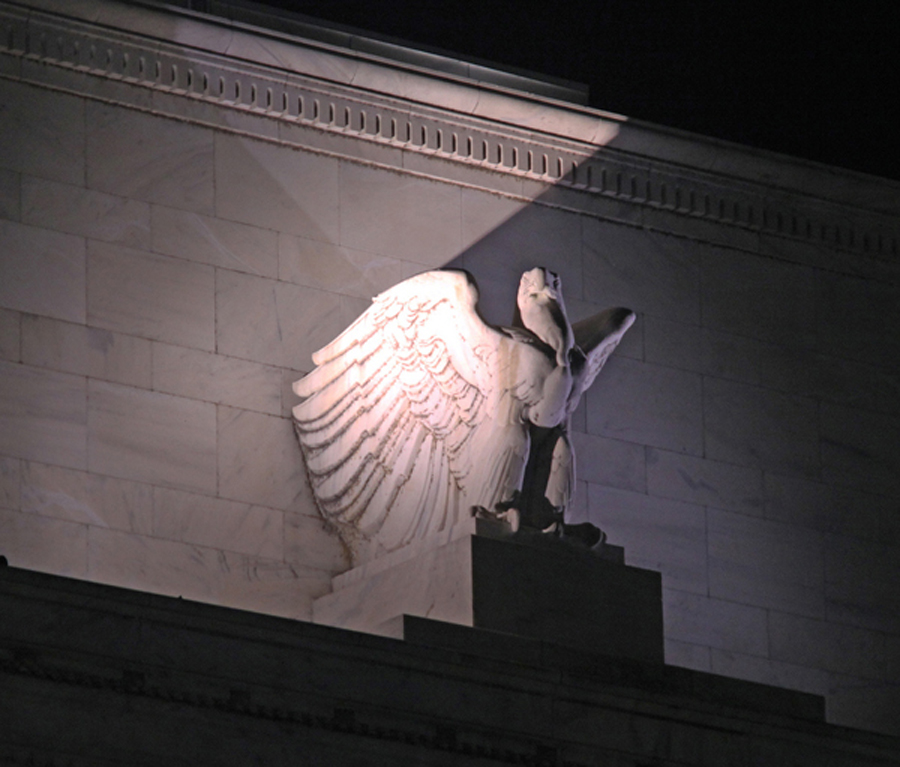
Gold will surge above $1,600 an ounce as the Federal Reserve embarks on a quartet of interest rate cuts to combat slowing U.S. growth and the fallout from the trade war with China, according to BNP Paribas SA, which flagged prospects for a significant rise in prices in the coming months.
Bullion will benefit as the Fed opts for four, 25 basis point cuts between this month and June 2020, Harry Tchilinguirian, head of commodity research, said in a note. As nominal yields fall with each reduction, “real rates will move and stay in negative territory, raising the appeal of holding gold,” he said.
Bullion will benefit as the Fed opts for four, 25 basis point cuts between this month and June 2020
Gold has soared this year on increased demand for havens as the U.S.-China trade war damages global growth, prompting central banks including the Fed to adopt a more accommodative stance. In July, U.S. policy makers reduced borrowing costs for the first time in more than a decade, and they are widely expected to do so again at their Sept. 17-18 meeting. Against that backdrop, investors have boosted holdings in bullion-backed exchange-traded funds.
“The trade war is unlikely to be resolved quickly,” Tchilinguirian said. “In this context, gold has resumed its traditional role as a safe-haven asset” and holdings in ETFs are now heading toward peak levels seen in 2012, he said as BNP boosted price forecasts for this year and next.
Gold will average $1,400 an ounce in 2019, up $60 from an earlier forecast, and $1,560 in 2020 following a rise of $130 in the outlook, BNP said in the note. The Fed’s easing cycle should push average prices above $1,600 in the first quarter of 2020, it said, adding: “We expect gold to rise significantly.”
Spot gold traded at $1,540 an ounce on Wednesday, up 20% this year. Prices hit $1,555.07 on Aug. 26, the highest level since 2013.
The four cuts would reduce the upper bound on the Fed’s benchmark rate to 1.25%, in line with current forward rates at 1.2%, Tchilinguirian said. The U.S. central bank “has acknowledged that risk mitigation relative to foreign conditions is part and parcel of its decision-making process.”
Investors will get more insight into monetary policy this week, with the New York Fed’s John Williams set to speak on Wednesday followed by Chair Jerome Powell on Friday. On Tuesday, Fed Bank of Boston President Eric Rosengren said the U.S. economy remains “relatively strong” despite heightened risks.
(By Ranjeetha Pakiam)
Comments